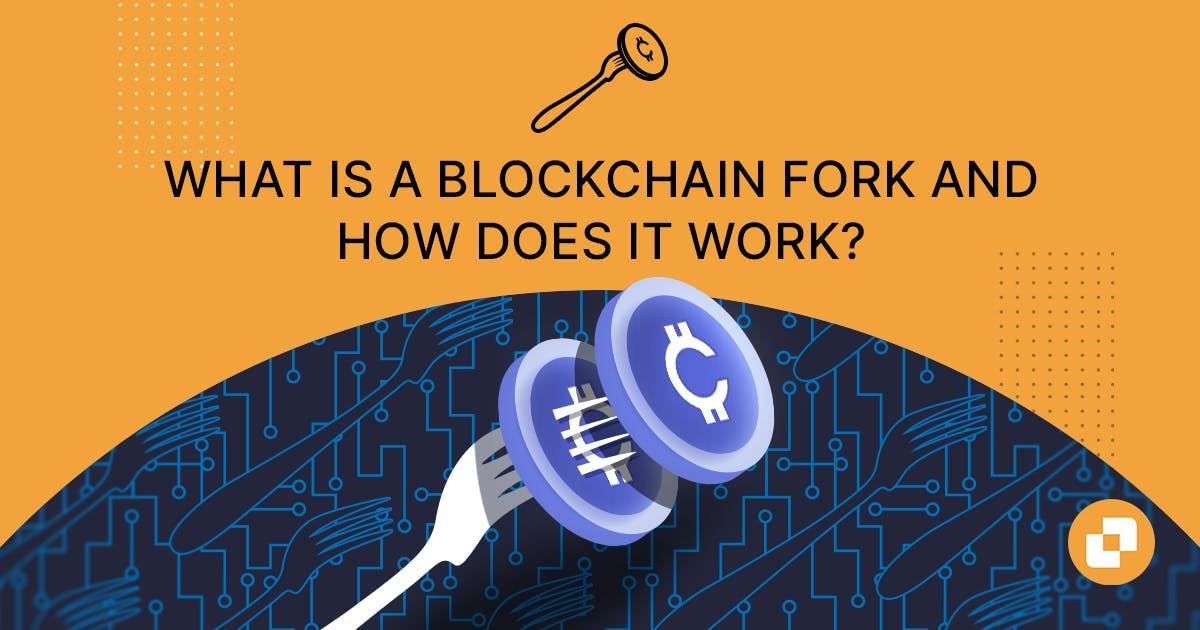
FAQ
Bitcoin has experienced multiple forks since its inception. A fork occurs when a blockchain's underlying code is changed, resulting in two separate paths. Prominent Bitcoin forks include Bitcoin Cash and Bitcoin Gold, initiated to address specific issues or introduce new features to the original Bitcoin network.
Determining the easiest blockchain to fork is complex. It depends on factors like community support, the technical complexity of the codebase, and consensus among participants. Some blockchains allow easier modifications due to flexible structures, while others require rigorous processes to ensure the stability of the forked chain.
When a coin undergoes a fork, it creates two distinct blockchain versions with separate rules. This divergence arises from differences in governance, technical upgrades, or philosophical disagreements within the community. Original coin holders during the fork typically receive an equivalent amount of the new coin, promoting fair distribution and user engagement.